|
In May I was invited to hold a full-day workshop for the Lakeland Art League in Minocqua, Wisconsin. Spring had come late this year up north just like in the Chicagoland area. Normally the lilacs are just starting to come into bloom and the trees are budding out in the most beautiful tender green. This year the lilacs were a week behind and the hardwoods on our property at our log cabin were still bare. I could tell the members were excited to get out, shake off their cabin fever, and learn something new. My thoughts while preparing for this workshop was to have the students get right into the painting. That meant not drawing on the watercolor paper, but instead, do the drawing with the paint brush. I also was introduced to QoR Watercolors earlier this year at the Watercolor Society of Indiana. I wanted to share with my student this beautiful, full pigment paint which is a relatively new brand. I didn't have QoR included on my supply list when I was booked for this workshop but I do know. I have a full review in an earlier blog post. CLICK HERE TO READ. I first spent a little time lecturing on patterns of values and colors – looking for the abstract shapes first before picking up the brush. From there I asked them to gather around while I started a step-by-step painting demonstration in values and colors. Step #1 began with large bold washes working wet-into-wet allowing the watercolor simply to flow across the paper. This is the unique beauty of watercolor letting the colors mix on the paper. This is something that cannot be achieved in oils or pastels. I then let my students go back to there easels and recreate what I had first done. Step #2 I approached the painting by cutting out shapes of the foliage and smaller areas so that it would start defining the subject matter. Step #3, the final phase, I put in the tree trunks where they actually belonged according to the patterns that were previously painted. The students follow along really quite well. I thought they adapted to this process nicely. The afternoon demonstration was of Pioneer Creek. This lovely little piece of Heaven is nearby our log cabin. It's one of my favorite places to just study the colors and textures – enjoy the beauty of the Great Northwoods. For this painting, I had them do a drawing as a guide. Usually, the painting can be broken down in three steps, but for this demonstration, I broke it down into five steps because it’s easier for the students to follow along. What never ceases to amaze me is how each student working with the same photo reference ends up with a little different painting. I always judge their painting in its own frame of reference never by the reference alone. Everyone had a good time learned a lot and came out with two paintings. I raffled off one of the demos and the other was donated to Lakeland Art League for a charitable cause.
Thank you LAL. hopefully, I will see you this fall. AFFILIATE DISCLOSUREAmazon: As an Amazon Associate, I earn from qualifying purchases.
3 Comments
 I want to thank the Peninsula School of Art for the fantastic opportunity this earlier this month. The 2-day workshop went very well, and the students were great! Those of you that have never been to the school I want to let you know first hand the facility was beautiful and accommodating in every way to make the experience work for the teacher and student. Considering how many miles I have clocked in traveling to Wisconsin this was the first time I experienced the quaint charm of Door County. Picturesque scenes were suitable for a postcard or better yet an afternoon of plein air painting. In this hands-on workshop, my students gained a foundation and more in-depth understanding of the elements and techniques of transparent watercolor. They discover the unique properties of the medium, as well as how to control and use them to their advantage concerning landscape painting. During the two-days, they learned how to use their materials effectively, interpret of color, create a working composition, and build a successful painting from start to finish through demonstrations and guided exercises. I supplied photo references for various types of landscapes. I encourage my students to take photos and videos – as much as they want. The combination of taking notes, pictures, hands-on painting and the final critique produces a good learning experience that the student retains. DAY 1A simple landscape was demonstrated with a farmhouse and outbuildings. This introduced the student to necessary procedures of the ”block-in..” Also, I had a brief talk about simple perspective. This painting took about one hour. Paper:
The second demo of the morning was a snow scene (farm scene in the woods). I discussed the painting of white subject matter and how the temperature is perceived. Paper: Hot press Arches Colors:
Finally, the paint-along with the students was a forest scene with a small creek and reflections. Big sweeping movement of color was demoed, paying attention to large shapes, not objects. Paper:
DAY 2Water was the theme! Still water, moving water and water in a snow scene. Elements from day one we're employed. This first demonstration I wanted to show how you can take 3-colors from a primary group: a red, a yellow, and a blue and give the impression of full color. I also wanted to demo how simply water can be executed by paying attention to the patterns of value. 45 minutes Paper:
The second demo was how to simply paint falling water with your brush. This demo took 45 minutes. Paper:
At the end of day two, a casual critique took place. I talked with them about what they did wrong and how to improve or correct it. Also wanted to let them know what they did right and encourage them and build on their successes. I'm sorry we didn't have an extra day or two to continue – I felt like I was just getting to know you. What a talented group of artists. Class was a lot of fun. I plan to rework the “paint-along” pictures done in class. Thank you! I will try to practice what you showed us. I wish we had had more time too. I had a wonderful time in class. You had many life lessons along with watercolor techniques. Thank you. I look forward to staying in touch.
How to Block-In and Cover the Whole Sheet in the First WashThis was a watercolor demonstration I did for my Mainstreet Art Center Wednesday morning watercolor class a few weeks ago. I have a great group of students, a mix of beginners and intermediates who truly love the process of learning and creating watercolor paintings. From start to finish I took approximately 1-1/5 hours of painting/lecture time. The point I wanted to drive home to my class was to be fearless and lay color down, blocking the entire sheet in the first wash. I have my students work with one-quarter of a sheet of watercolor paper till they build up the confidence and experience for a larger painting. This particular painting I used Kilimanjaro 300 lb. cold-pressed off-white natural paper. This is an excellent paper to work with. I have had a lot of success instructing my students with a paint-along demos. This way they watch what I do in step 1: the block-in and they then can recreate it while I am with them answering questions. I remember there was nothing more frustrating to watch my instructor create a painting from start to finish and then turning us loose, try to recreate the same painting or subject matter later that day and forget how he handed the block-in, establishing secondary masses and the final details. The Photograph The photo I used for this watercolor painting was taken during a ten-day trip with my brother, Lee, his wife, Margo, and Marilee. We flew to Alaska around the end of August 2006. We decided to drive through the interior of Alaska instead of a cruise. This way we could experience all the sights, textures, and get an intimate view of the local color. We landed in Anchorage and traveled south to Seward enjoying this coastal town and spending the night in a quaint log cabin. The next day we took a daylong cruise and was totally in awe of the fjords and icebergs. From there we headed back north to Anchorage for the State Fair, Farmer’s Market, and the Anchorage Museum to see the works by Sydney Laurence, American Landscape painter. Then north to Wasilla and Fishhook. This was a portion of our trip. Denali and our plane trip around Mt Mckinley is for another time. This image was taken up by Hatcher Pass in early September which was during the peak of their autumn at an abandoned gold mine.. We took a beautiful drive along Willow Fishhook Road and then Hatcher Pass Road to get there. In fact this was one of the last pictures I took with my trusty Minolta film camera. Shot 20 rolls of film. Marilee shot over 2000 with her new Nikon D200 DSLR. Hatcher Pass is a mountain pass through the southwest part of the Talkeetna Mountains, Alaska. It is named after Robert Hatcher, a prospector and miner. To learn more about Hatcher Pass CLICK HERE. Step #1: The Block-In I started with a pencil drawing lightly, sketched onto the watercolor paper. I recommend a 2B pencil. Don’t go crazy drawing every detail, just lay down the basic shapes making sure your perspective is spot-on. Get it right in the pencil drawing because it will be very difficult if near impossible to correct later. I shared with the students how to block in this particular subject matter with the background coming to the middle ground and then the foreground. I painted around the buildings at first. Then went into the buildings to cover the painting completely. The colors used were:
STEP # 2: Establishing Secondary Masses The second pass at the painting I went back to the mountains in the background starting to form the secondary shapes and areas coming towards the foreground and the ledge behind the buildings. I then went into the foreground trying to keep the background cooler and grayer and the foreground warmer and more intense. Altering the temperature in your painting helps you with aerial perspective. STEP # 3: Slowing the Process Way Down – The Final Details The third phase of the painting I started to develop the background to show more changes in value and modeled the slopes softening the middle area of the mountains. Then I came down to the ledge directly behind the buildings and began modeling the darker darks within that ledge to separate it from the background. I start to develop highly textured areas in the foreground. Working into the building, establishing value changes from the light side of building to the dark side, the cast shadow created by the building, and a small path for interest. I continued adding some of the detail in the building with windows, smoke coming out of the chimney, and a little bit more detail on the building off to the left. Finally, I went back to the mountains, adjusting values to create some sort of interest in the dark areas off to the upper right. Again revisited the slopes off to the left, modeling a bit more, recreating the carved out earth during the gold rush times. I then began pushing a little more intense color and darker values alongside the ledge in the background to push the building forward. I lighted in the roof of the building through lifting to push it forward from the background. From there I began to model the front deck of the building, the side protrusion from the building and darkening the windows were needed. Adding small accents of darks to the path, out in front on and around the building itself. This completed the demonstration.
LACARE ART LEAGUE meeting was held at the Gloria Dei (Glory to God) Church, 3711 Ridge Road, Highland, IN, 46322 where "visitors are always welcome." This was my third invitation to the Art League. In case you missed my Facebook Live post of the demo it is now on YouTube. First aired on my Facebook page Observer Artist Watercolorist Dale L Popovich IWS on March 26, 2018. I demonstrated a full palette transparent watercolor of an outbuilding on a Wisconsin farmstead not far from my log cabin.
I took the art league through my classical approach of watercolor painting to a full house of members and guests. I started with photo reference on my iPad and a pencil sketch on 300 lb. Arches watercolor paper. I took my one-inch brush and immediately laid down bold color washes. Then I explained every stroke along the way adding my usual stories and humor throughout the demo. Over the course of an hour I turned a white sheet of paper into a snow covered rural Midwest farm scene adding a little gouache for the snowflakes.. After several minutes of question and answers The demo was raffled. Yesterday, Saturday, February 17 In conjunction with our Faculty Show at the historical Palette & Chisel Academy of Fine Arts in Chicago I along with other instructors offered free demonstrations. I demonstrated a watercolor and this demo was broadcasted on Facebook Live. Don't forget to LIKE OBSERVER ARTIST WATERCOLORIST DALE L POPOVICH IWS on Facebook.
If you missed this amazing event mark your calendar for early next February 2019. Here’s all the demos that took place at the P&C. February 17, 2018 Main Gallery 10 - 12 pm: Larry Paulsen - Drawing Facial Features 1 - 4 pm: William Schneider - Portrait Painting Second Floor 10:30 am - 12 pm: Dale L Popovich - Watercolor February 24, 2018 Main Gallery 10:30 am - 12 pm: Helen Oh - Still Life in Oils 1 - 4 pm: Michael Van Zeyl - Still Life in Oils Second Floor 9 am - 3 pm: Steve Puttrich - Watercolor 10 am - 12:30 pm: Lenin Delsol - Portrait Painting FACULTY SHOW Exhibition: February 9 - 26 Palette & Chisel Academy of Fine Arts Address: 1012 N Dearborn St, Chicago, IL 60610 Phone: (312) 642-4400 paletteandchisel.org 1012 N. Dearborn • Chicago IL 60610 • P (312)642-4400 • F (312)642-4317 • [email protected] Office Hours Monday-Thursday • 10:30am-6:30pm • Friday 10:30am-5:00pm • www.paletteandchisel.org MAP |
Dale L Popovich IWSDale is an award-winning watercolorist and teacher passionate about capturing the raw beauty of the American landscape with the fluid stroke of a brush. As you will see, the works selected in his portfolio represent the depth of his holistic approach to painting. You can also learn with this talented and experienced teacher through his workshops, Palette & Chisel, and Popovich Studio classes. Archives
April 2024
Categories
All
|
|
INSTRUCTOR
Palette & Chisel 2024 Workshops & Demos ONLINE LEARNING Watercolor Escape Saturdays TIPS and TECHNIQUES Thursdays ZOOM Palette & Chisel Academy of Fine Arts ADDITIONAL INFORMATION Popovich's Field Journal Newsletter WATERCOLOR ART SUPPLIES Watercolor Paints Watercolor Brushes Watercolor Supplies DALE L POPOVICH IWS LIBRARY Books & DVDs BUSINESS BOOKS LIBRARY Books & Podcasts |
©2024 Dale L. Popovich. IWS, Drawing & Painting TIPS and TECHNIQUES Thursday, In the Comfort of Your own Studio tm, Towering Winds Academy of Fine Arts tm, and Teaching People to Truly See tm All Rights Reserved.
|
|
©2024 Dale L Popovich, Towering Winds Academy of Fine Arts and The Studios of Dale L Popovich IWS. All rights reserved
Copyright © 2024 Rosemary & Co Artist's Brushees LTD |

Handmade and maintained by POPovichDESIGN
[email protected] |















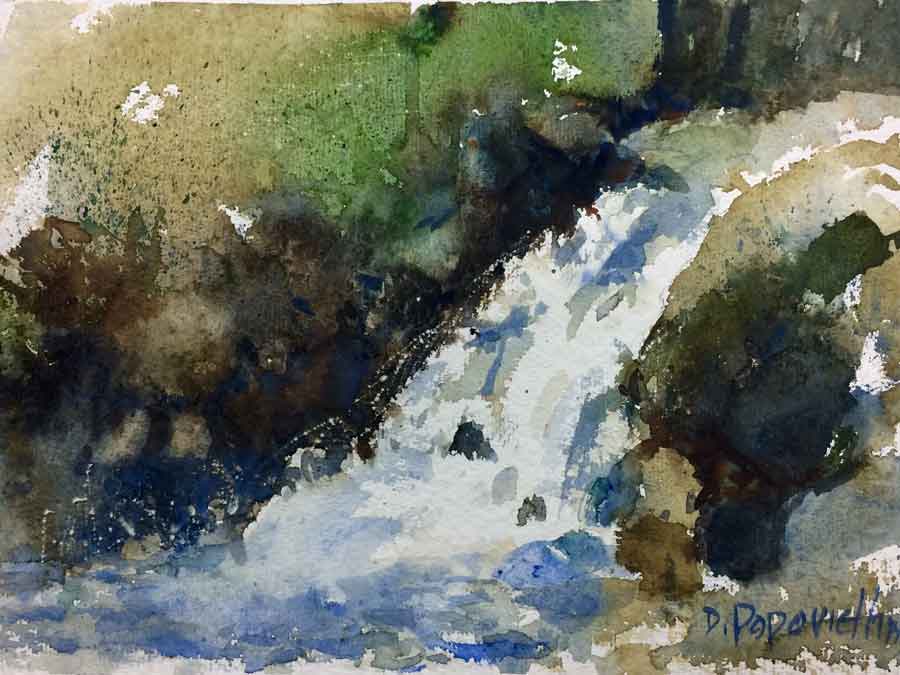



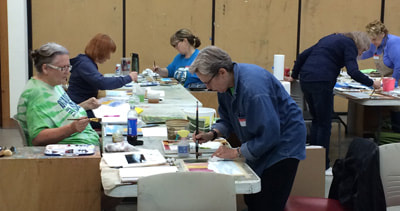





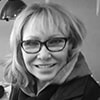



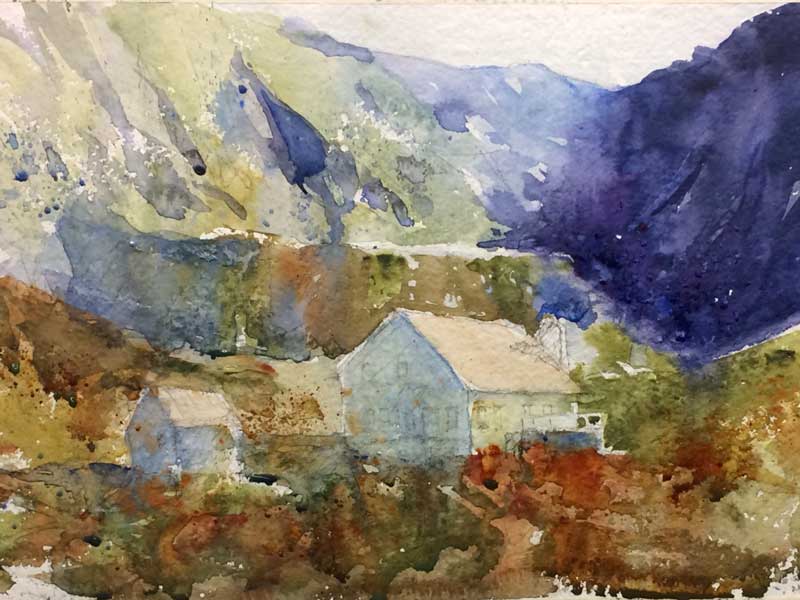


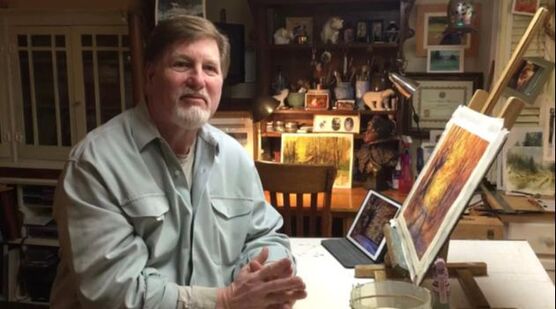
 RSS Feed
RSS Feed
